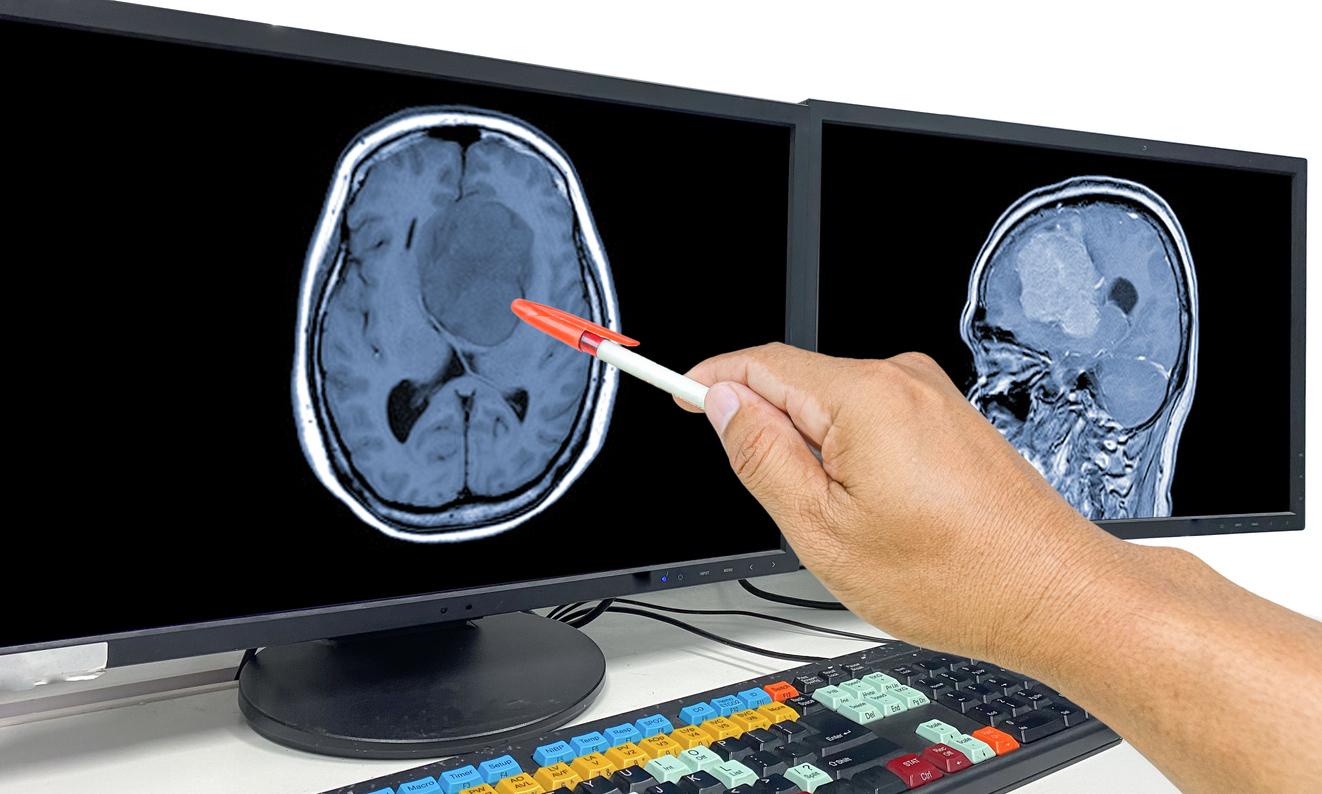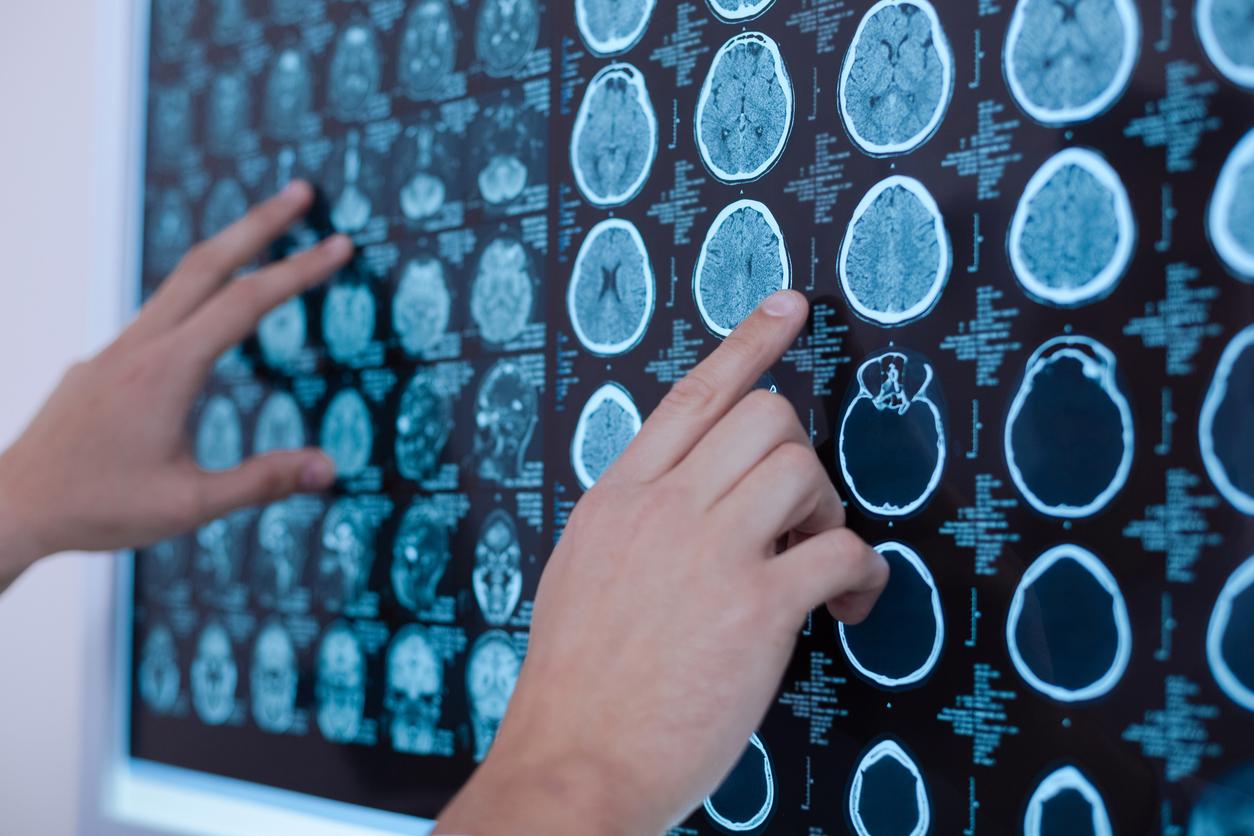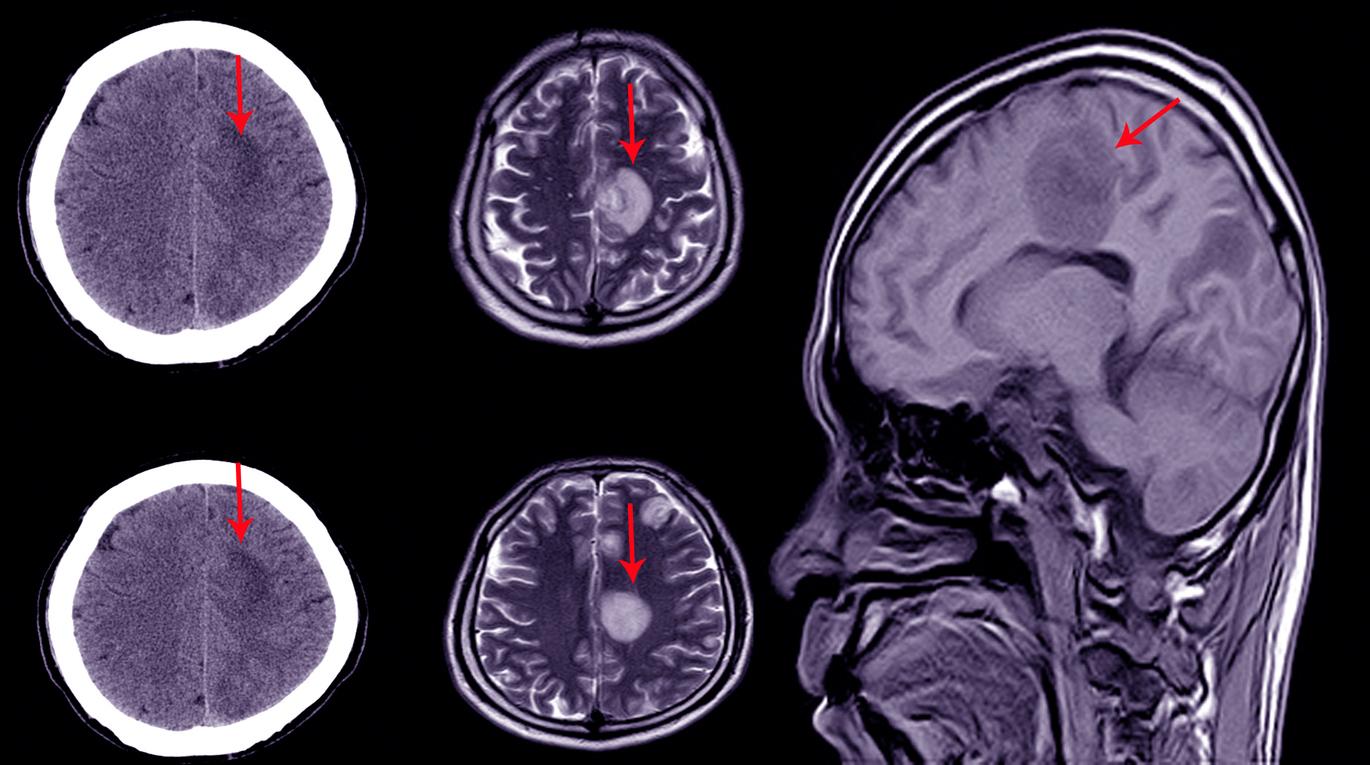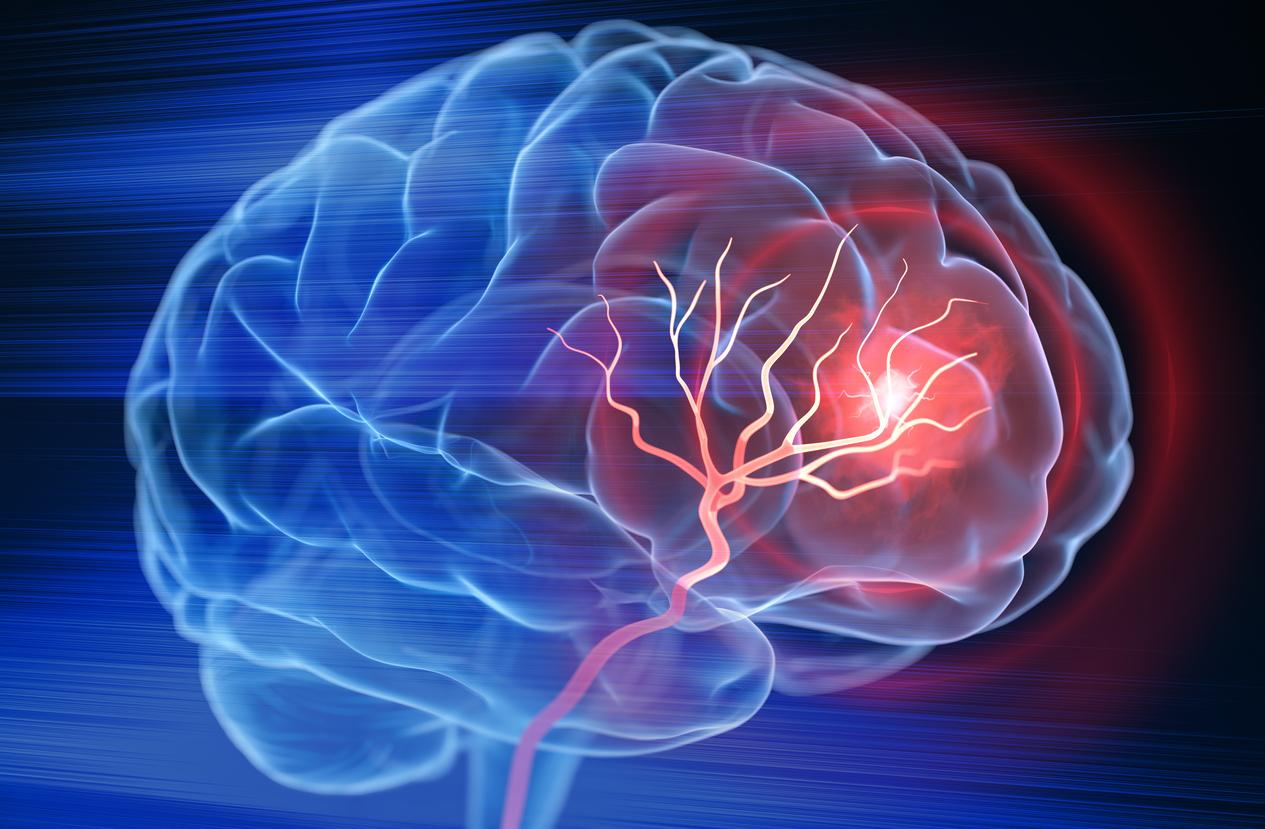Head injuries can lead to brain tumors in predisposed people, according to a study in mice.
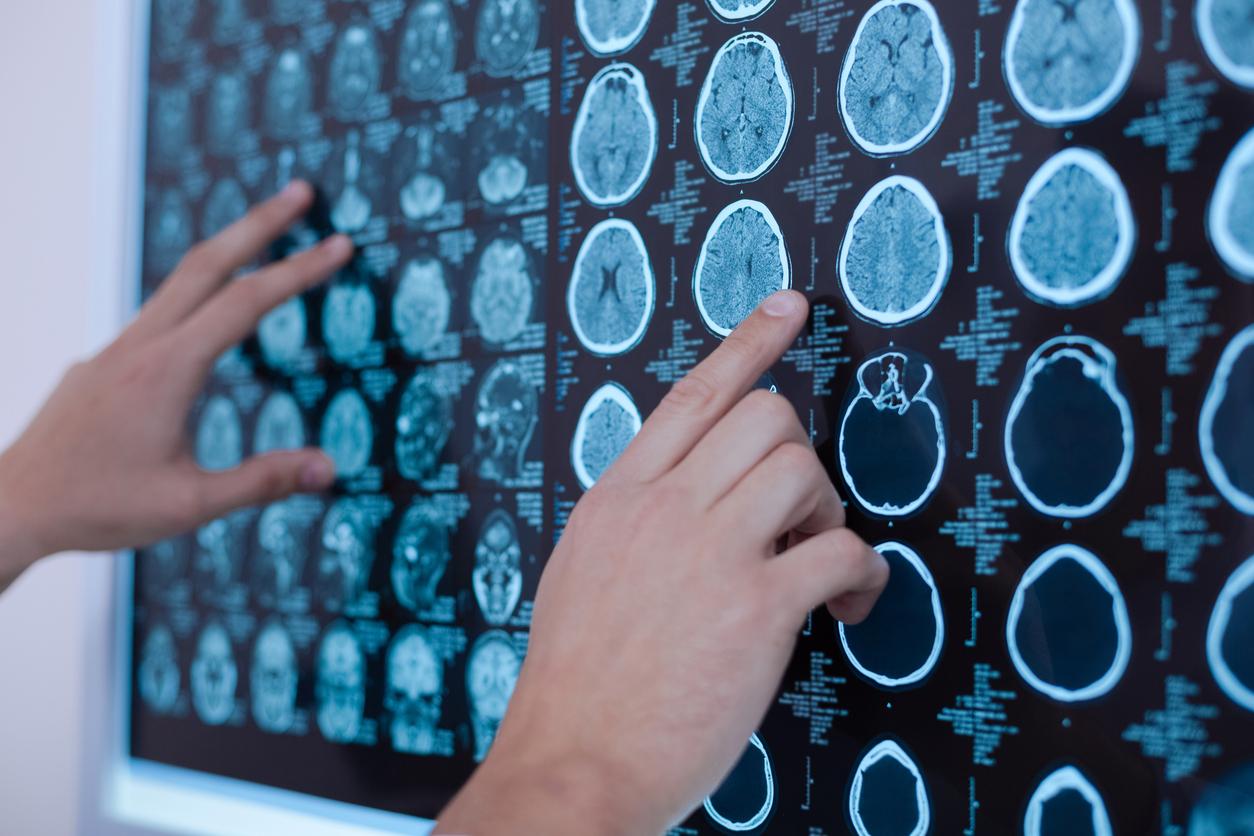
- Optic pathway glioma is a benign tumor that develops along the optic nerve.
- Optic nerve crush and diffuse traumatic brain injury induce the formation of optic gliomas in mice with neurofibromatosis type 1.
- “Disruption of a cellular circuit using inhibitors of glutamate receptors, IL-1β or Ccl5 abrogates lesion-induced glioma progression,” according to the authors.
Optic pathway glioma is a benign tumor that develops along the optic nerve (chiasma, tract and radiation), which connects the eyes to the brain. It is observed mainly in children. According to the Orphanet, this tumor is characterized by a disorder or loss of vision, and may be accompanied by diencephalic manifestations, such as reduced growth and alteration of the sleep cycle. “Optic pathway glioma is often linked to neurofibromatosis type 1 (NF1).“
Brain damage causes optic pathway gliomas to grow faster
In a new study, scientists from the Washington University School of Medicine (USA) revealed how damage to the optic nerve or traumatic brain injury creates conditions for the formation of gliomas and identified ways to interrupt this process. To do this, they used mice that model people with neurofibromatosis type 1, a disease causing brain tumors. According to the results, published in the journal Acta Neuropathologica Communicationsmolecules released by injured neurons trigger and create environmental signals that could allow a cell poised to become a tumor to complete the process.
“An established cause and effect link between lesions and tumorigenesis”
“We also elucidate the underlying molecular and cellular mechanisms, by which glutamate released by damaged neurons stimulates the release of interleukin 1 beta (IL-1β) by oligodendrocytes to induce microglia’s expression of Ccl5, a growth factor essential for the formation of optic gliomas Nf1 Interruption of this cellular circuit using inhibitors of glutamate receptors, IL-1β or Ccl5 abrogates the progression of gliomas induced by lesions, thus establishing a cause and effect link between lesions and tumorigenesis”, can we read in the research.











